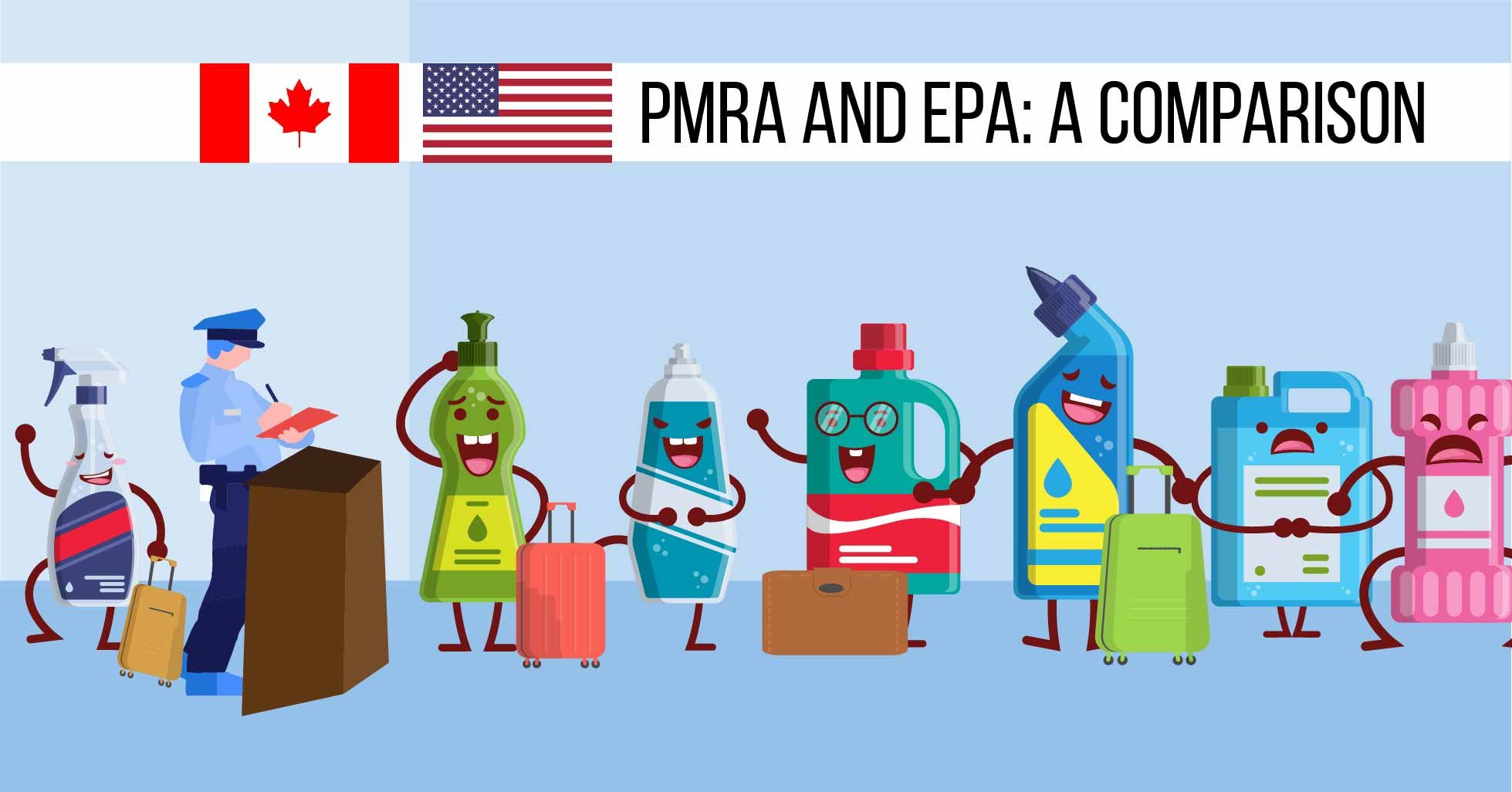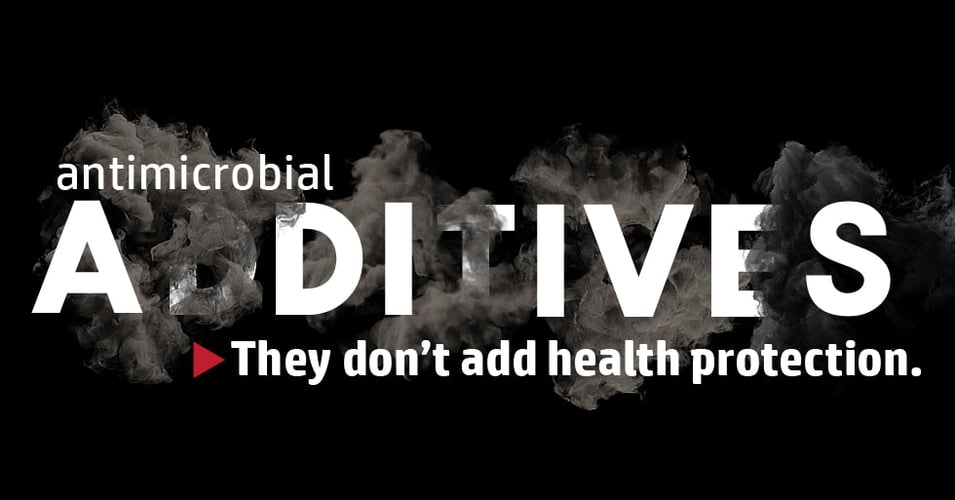Canada's PMRA and the United States' EPA Registrations: A Comparison

 Almost every country has a government agency responsible for the health and safety of its citizens and its environment. Where those two departments overlap is often where pesticides and germicides are regulated. At this intersection are those chemicals that, if released into the environment, could cause damage, but which, within healthcare facilities, are required in order to kill dangerous pathogens. In today's post, we'll explore two such departments in neighboring nations, the United States and Canada.
Almost every country has a government agency responsible for the health and safety of its citizens and its environment. Where those two departments overlap is often where pesticides and germicides are regulated. At this intersection are those chemicals that, if released into the environment, could cause damage, but which, within healthcare facilities, are required in order to kill dangerous pathogens. In today's post, we'll explore two such departments in neighboring nations, the United States and Canada.
The Agencies
In the United States, pesticides and germicides are regulated by the Environmental Protection Agency (EPA), an independent executive agency founded in 1970. The EPA reports directly to the White House, and is responsible for protecting the environment from pollution as well as from pesticides. Disinfectants are included under this umbrella because they kill microorganisms, which include pathogens. Sterilants, disinfectants, sanitizers and cleaners are regulated under the Federal Insecticide, Fungicide, and Rodenticide Act, or FIFRA.
In Canada, similar regulations fall under the Pest Control Products Act (PCPA) and monitored by the Pest Management Regulatory Agency (PMRA), a branch of Health Canada. Formed in 1995, the agency registers products and reevaluates them on a 15-year cycle.
Registration, Monitoring, Compliance, and Enforcement
Both the EPA and the PMRA are responsible for registering (not certifying or licensing) products that kill or mitigate pests, including pathogens and other microorganisms. Each agency has a strict, independent, science-based process for registering a product, requiring a 100% pass rate and demonstrating environmental safety. Both agencies require that manufacturers update changes in ingredients, market appropriately, inform consumers about proper use and possible dangers, and dispose of harmful materials safely. Through monitoring and reporting, they identify non-compliance and have authority to enforce regulations.
Biocidal Copper
Both the EPA and the PMRA have registered copper alloys and copper-infused EOScu under their respective policies. The EPA developed a protocol for biocidal copper in 2012, which allowed a number of copper alloys to receive registration. Shortly thereafter, EOScu became the only solid surface to achieve this same registration. The PMRA similarly registered copper alloys in 2014, with EOScu securing the same registration in 2016.
Differences
While EPA covers a broader range of topics beyond pesticides, including overall environmental protection from all chemicals, PMRA, focuses primarily on pesticides, including insecticides, herbicides, fungicides, and other related products. Additionally, FIFRA requires the same documentation for every product within a product category as well as specified testing protocols through EPA approved, third-party, independent laboratories within the US, while PMRA allows more flexibility, accepting documents from foreign regulatory agencies if they already contain the required information. Labeling requirements also differ for each agency, so products sold in both countries will need to produce packaging accordingly and also submit those for review and approval by the particular agency.
What does environmental protection and disinfectant regulation look like around the world? Mexico has the Federal Commission for the Protection against Sanitary Risks under the Ministry of Health. In Japan, the Ministry of Health, Labour and Welfare oversees the Pharmaceutical and Medical Device Agency. The countries in the European Union's Chemicals Agency under the framework of the Biocidal Products Regulation. What does this mean for manufacturers? It means ensuring that their products meet all the safety and quality requirements, as well as the packaging and renewal policies, found in the countries where they do business. What does it mean for consumers? It means that we have the reassurance of oversight that protects both us and the world we live in.
![EOScu Logo - Dark - Outlined [07182023]-01](https://blog.eoscu.com/hubfs/Eoscu_June2024/Images/EOScu%20Logo%20-%20Dark%20-%20Outlined%20%5B07182023%5D-01.svg)




